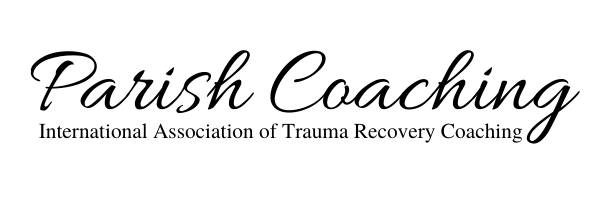In 1935 Bill W. and the other founders of Alcoholics Anonymous created a revolutionary new recovery model that relies on peers to provide “mutual aid”. They believed that the best way for individuals to achieve and maintain sobriety was for alcoholics to help one another. Utilizing sponsors, peer led meetings and the 12 Steps, Alcoholics Anonymous became both a popular and effective method for treating alcohol addiction.
This model for the treatment of addictions has not changed much in the eighty years since Bill helped found Alcoholics Anonymous. It has stood the test of time so well that now there are groups following the same model for not only other addictions but for the family members of addicts. Sponsors, peer led meetings and the 12 Steps are the foundation for every one of these programs.
Even when the addict is referred to treatment within the mental health community you will find that most providers in that arena are former addicts themselves. It is commonly accepted that the best professional to help an addict is another addict who has reached and is maintaining their sobriety. Why? Because they understand the nuances of an addict’s thinking and behavior. Their experience is invaluable when it comes to helping other addicts. Further, addicts in treatment have a greater level of trust in and respect for the individual helping them when they know he or she has stood where they are now standing.
As both a trauma survivor and a Therapist/Trauma Recovery Coach I think the Alcoholics Anonymous model has enormous utility in the arena of trauma recovery. As I have previously discussed, when survivors regularly access and participate in supportive and encouraging communities of other survivors their recovery is not only quicker but of greater quality. When an individual continues involvement in the community to the level that they mentor other survivors they can reach the final stage of Trauma Response of Advocacy, a level of recovery made possible only by advocating for their peers.
When those communities are operated by their peers, survivors new to recovery instantly feel hope and understanding. They see living examples that feeling better is possible. Due to the pervasive shame that results from trauma, survivors often live a life of isolation. Coming into a community led by their peers feels safer than coming into a community led by non-survivors because it is clearly known that everyone there has felt and dealt with the deep shame of trauma.
Outside of peer led meetings there is a huge benefit for helping professionals that work with survivors being survivors themselves. When treatment providers have gone through and maintained their recovery a deep connection is facilitated between them and their clients. That connection is not always possible when a survivor knows their provider hasn’t endured what they have, and still are, going through. The shared bond of survivorship facilitates a level of trust that is essential for recovery from a victimization with a central theme of betrayal of trust. Simply put, there is tremendous power when a survivor hears their helping professional say “I understand” and knows that they truly do. Shame fades in the face of that level of understanding.
Is it mandatory that helping professionals who treat survivors be survivors themselves? No, there are always exceptions. Individuals who are not trauma survivors can develop the level of empathy and understanding that is needed to successfully treat survivors. But overall, it is of substantial benefit to survivors that their treatment professionals are also their peers in recovery. The depth of understanding, trust, and connection that a survivor can make with another survivor facilitates such a higher level of recovery that to ignore this benefit to survivors is not only foolish, but irresponsible. Safe and supportive peer led communities and helping professionals who are themselves survivors are an essential part of any recovery program.
